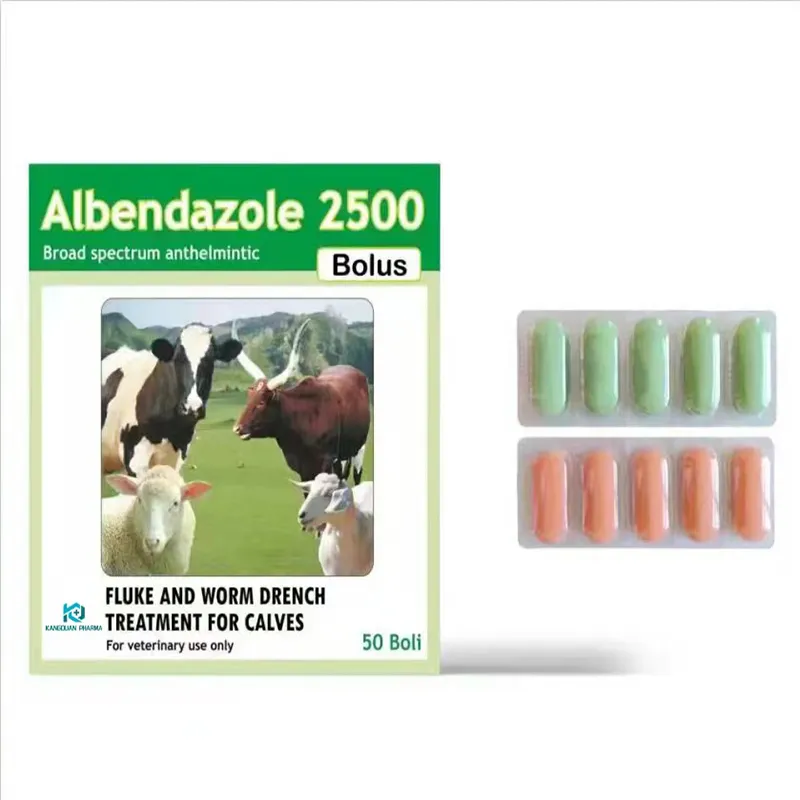- Afrikaans
- Albanian
- Amharic
- Arabic
- Armenian
- Azerbaijani
- Basque
- Belarusian
- Bengali
- Bosnian
- Bulgarian
- Catalan
- Cebuano
- Corsican
- Croatian
- Czech
- Danish
- Dutch
- English
- Esperanto
- Estonian
- Finnish
- French
- Frisian
- Galician
- Georgian
- German
- Greek
- Gujarati
- Haitian Creole
- hausa
- hawaiian
- Hebrew
- Hindi
- Miao
- Hungarian
- Icelandic
- igbo
- Indonesian
- irish
- Italian
- Japanese
- Javanese
- Kannada
- kazakh
- Khmer
- Rwandese
- Korean
- Kurdish
- Kyrgyz
- Lao
- Latin
- Latvian
- Lithuanian
- Luxembourgish
- Macedonian
- Malgashi
- Malay
- Malayalam
- Maltese
- Maori
- Marathi
- Mongolian
- Myanmar
- Nepali
- Norwegian
- Norwegian
- Occitan
- Pashto
- Persian
- Polish
- Portuguese
- Punjabi
- Romanian
- Russian
- Samoan
- Scottish Gaelic
- Serbian
- Sesotho
- Shona
- Sindhi
- Sinhala
- Slovak
- Slovenian
- Somali
- Spanish
- Sundanese
- Swahili
- Swedish
- Tagalog
- Tajik
- Tamil
- Tatar
- Telugu
- Thai
- Turkish
- Turkmen
- Ukrainian
- Urdu
- Uighur
- Uzbek
- Vietnamese
- Welsh
- Bantu
- Yiddish
- Yoruba
- Zulu
8 月 . 13, 2024 01:16 Back to list
Exploring the Applications and Benefits of Tilmicosin in Veterinary Medicine and Livestock Treatment
Tilmicosin An Overview of Its Use in Veterinary Medicine
Tilmicosin is a macrolide antibiotic primarily used in veterinary medicine to treat respiratory infections in livestock and poultry. As a derivative of erythromycin, tilmicosin has gained popularity due to its effectiveness against a broad spectrum of gram-positive bacteria, including various strains of Mycoplasma and Pasteurella, which are often responsible for severe respiratory diseases in animals.
Mechanism of Action
Tilmicosin exerts its antimicrobial effect by inhibiting protein synthesis in bacteria. It binds to the 50S ribosomal subunit, thereby blocking the translocation step in protein synthesis, which is critical for bacterial growth and reproduction. This action leads to bacteriostatic effects at lower concentrations and bactericidal effects at higher concentrations, making it versatile in treating different types of infections.
Indications and Usage
Tilmicosin is most commonly used in cattle, swine, and poultry. In cattle, it is effective against respiratory diseases such as bovine respiratory disease (BRD), often caused by Mannheimia haemolytica and Histophilus somni. In swine, it is indicated for the treatment of pneumonia caused by Actinobacillus pleuropneumonia and Mycoplasma hyopneumoniae. Poultry producers use tilmicosin to mitigate respiratory infections often seen in crowded or stressful farming conditions.
The antibiotic is typically administered via injection or as an oral solution mixed in drinking water or feed. Its long-acting formulation allows for less frequent dosing, making it convenient for farmers and livestock producers. Unlike many other antibiotics, tilmicosin is favored for its penetration into lung tissues, providing effective concentrations at the site of infection.
Safety and Resistance Issues
tilmicosin 25

While tilmicosin has revolutionized treatment options for respiratory infections in livestock, its use is not without concerns. The drug carries specific risks, particularly for humans and certain non-target animals. It is known to be cardiotoxic in humans if accidentally injected, which necessitates careful handling. Veterinary professionals must educate farm workers about the risks associated with the drug, ensuring proper safety protocols are followed when administering treatments.
Additionally, the emergence of antibiotic resistance is a critical issue in veterinary medicine. Overuse or misuse of tilmicosin and other antibiotics can lead to resistant strains of bacteria, complicating treatment efforts and posing risks to animal and human health. As a result, it is crucial for veterinarians and livestock producers to adhere to judicious use guidelines, which include proper dosages, treatment durations, and following up with sensitivity testing when necessary.
Regulatory Status and Future Directions
Tilmicosin is approved in several countries for veterinary use but remains under strict regulatory scrutiny. In regions like the European Union, its use is more restricted compared to the United States, where it is widely used. The regulations are often shaped by studies related to human health risks and the potential for antibiotic resistance.
Looking ahead, the veterinary field is increasingly focusing on the development of alternative therapies and vaccines to reduce reliance on antibiotics like tilmicosin. Strategies such as improving herd management practices, enhancing biosecurity measures, and utilizing probiotics are gaining traction to promote animal health and welfare without the drawbacks associated with antibiotic use.
Conclusion
Tilmicosin plays a significant role in managing respiratory infections in various livestock species. While it offers effective treatment options, careful consideration of its use is essential to mitigate human health risks and combat antibiotic resistance. Continuous research and adherence to regulatory guidelines will be crucial as the veterinary community navigates the challenges of antibiotic use in agriculture. Through responsible practices, the benefits of tilmicosin can continue to be harnessed while safeguarding animal, human, and environmental health.
-
The Power of Radix Isatidis Extract for Your Health and Wellness
NewsOct.29,2024
-
Neomycin Sulfate Soluble Powder: A Versatile Solution for Pet Health
NewsOct.29,2024
-
Lincomycin Hydrochloride Soluble Powder – The Essential Solution
NewsOct.29,2024
-
Garamycin Gentamicin Sulfate for Effective Infection Control
NewsOct.29,2024
-
Doxycycline Hyclate Soluble Powder: Your Antibiotic Needs
NewsOct.29,2024
-
Tilmicosin Premix: The Ultimate Solution for Poultry Health
NewsOct.29,2024













